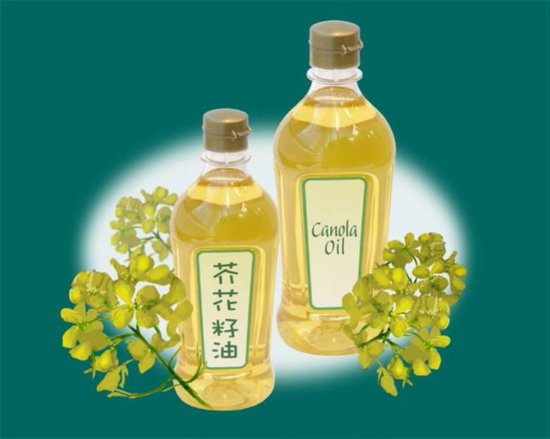
Food Safety Focus (111th Issue, October 2015) – Food Safety Platform
More About Fats and Oils – Quality and Safety
Ms. Janny MA, Scientific Officer,
Risk Assessment Section,
Centre for Food Safety
In the last issue, we discussed the nature of fats and oils as well as their processing. Now let's talk something about the quality and safety concerns associated with these products.
Quality Concerns
Cooking food with fats and oils not only gives crispy texture and golden appearance but also brings distinctive tastes to food. Nevertheless, fats and oils may get rancid, accompanying with "off" flavours and smells, which degrades their quality.
Currently, there are various ways to measure the quality of fats and oils, with the common ones include "acid value (AV)" and "peroxide value (PV)". In general, the lower the AV and PV, thebetter the quality they have.
Acid Value VS Peroxide Value of Fats and Oils
AV is a measurement of free fatty acids, including those cleaved from their parent molecules (i.e. triglycerides) by hydrolysis (water breakdown).
PV is an indication of the amount of hydroperoxides (i.e. products of primary oxidation).
The rate of degradation depends on various factors such as temperature, light, oxygen and moisture. Storing fats and oils in a dark, cool, dry place is a way to preserve their quality while some products have also used antioxidants to delay the onset of rancidity.
Safety Concerns
Currently, there are increasing concerns over metallic contamination in various foods. Generally speaking, the presence of metallic contaminants (e.g. arsenic and lead) in fats and oils is mostly due to environmental contamination.
The main adverse effects in human after long-term ingestion of arsenic (inorganic form) are cancer, skin lesions, cardiovascular disease, neurotoxicity and diabetes. For lead, chronic exposure can cause neurological impairment and reduction of intelligence quotient (IQ) in children and may result in anaemia, increased blood pressure and kidney damage in adults.
Fortunately, both arsenic and lead can be removed by oil refining. Properly refined fats and oils available in the market should have low levels of these harmful contaminants. Besides, there is no need to worry about fats and oils in tin cans as they do not experience tin migration.
Apart from metallic contaminants, there is also safety concern over certain vegetable oils due to their high erucic acid levels. In fact, erucic acid is a naturally present fatty acid. Early rapeseed varieties were indeed very high in erucic acid (30–60% of the total fatty acids). Tests on experimental animals found that excessive intake of erucic acid may damage their heart tissues, but this link has not yet been established in humans. This has resulted in the selective breeding of low erucic acid varieties.
Canola is developed from traditional cross breeding of the rapeseed plant with unwanted traits removed. Hence, canola oil has only low levels of erucic acid (below 2% total fatty acids), contrary to rapeseed oil which may contain high levels of erucic acid.

Canola oil contains only low levels of erucic acid as canola is developed from selective breeding of low erucic acid rapeseed plant
In the next issue, we will take a deeper look on some carcinogenic chemicals i.e. aflatoxin and benzo(a)pyrene associated with fats and oils.


